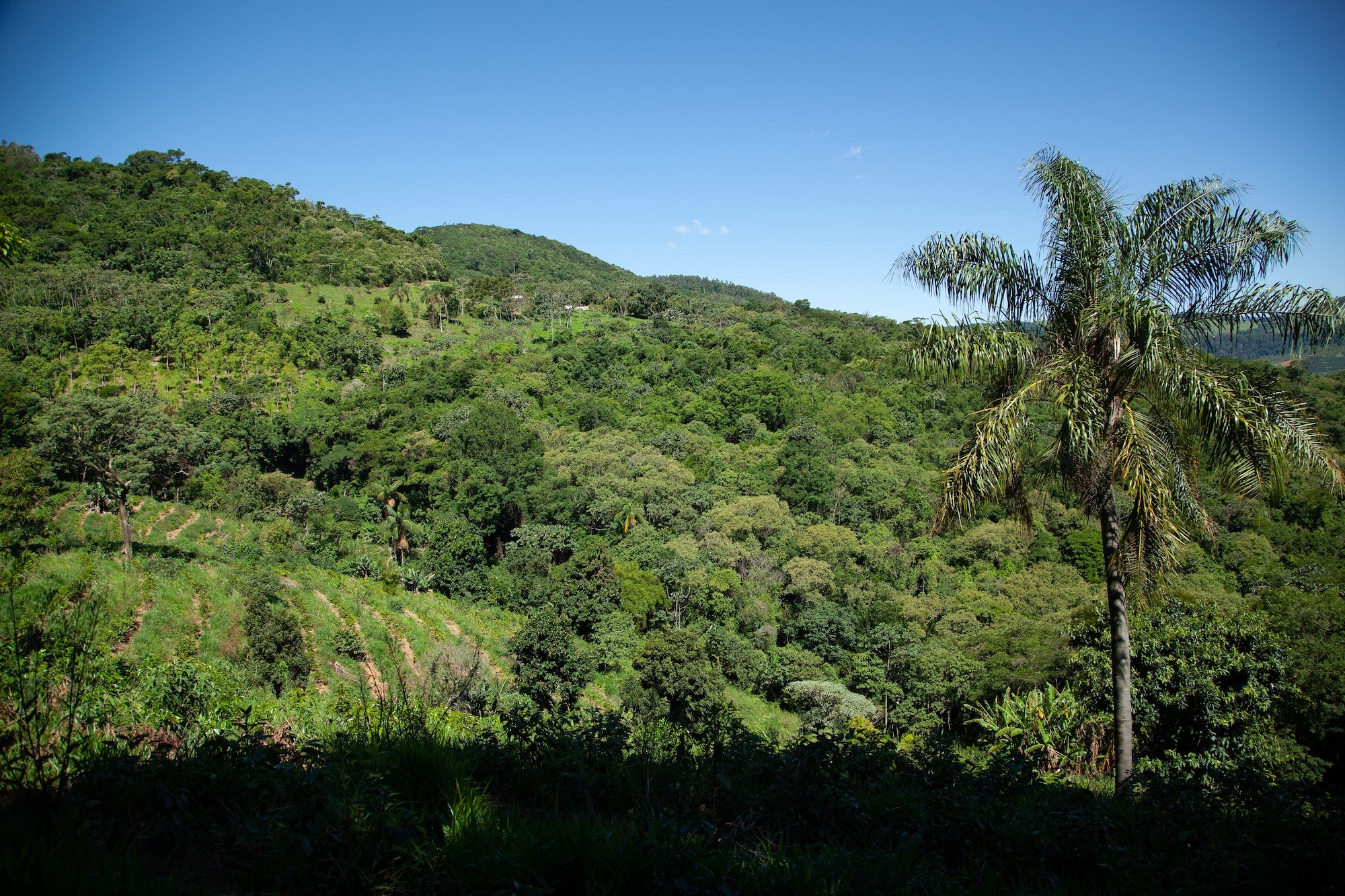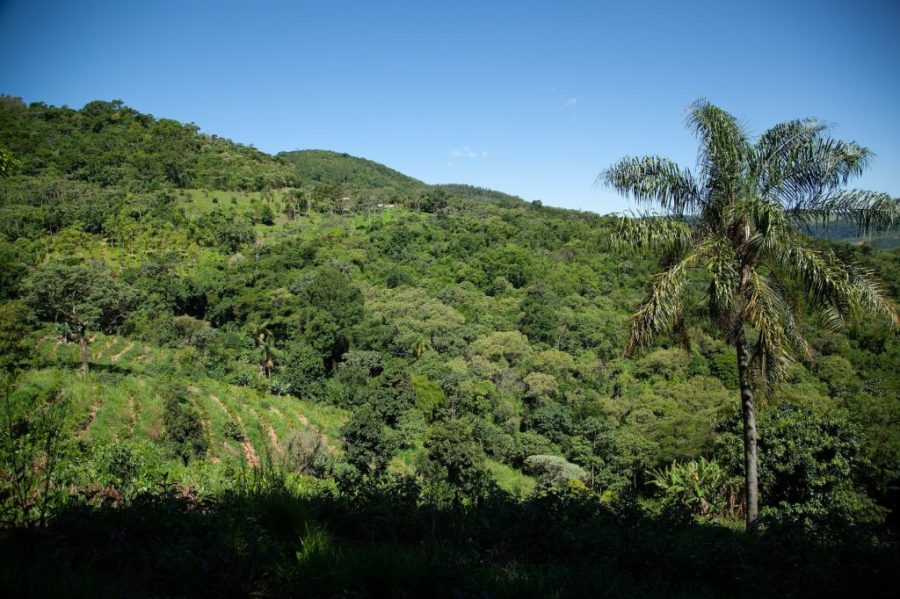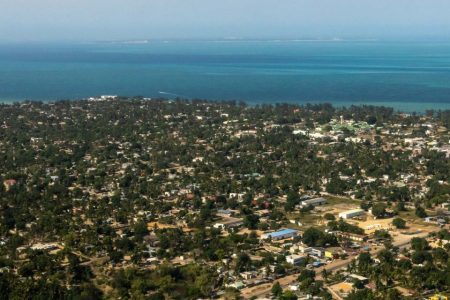Some regions of Brazil are experiencing maximum temperatures up to 3°C above the norm in the 1960s, according to a report by the country’s National Institute for Space Research.
The study, cited in the Folha de São Paulo newspaper, compares maximum temperatures recorded in the 1960s with those registered in the years between 2010 and 2020.
It found that Brazil’s northern and northeastern regions in particular showed significant growth in the maximum temperatures. Areas of the midwest, including the Pantanal – a conservation area and the world’s largest tropical wetland – are similarly affected.
[See more: Deforestation in the Brazilian Amazon hits six-year low]
“We are not talking about the future [in the analysis], we are talking about the present,” lead researcher Lincoln Alves told Folha.
The Brazilian figures exceed projections for global temperature increases. According to the World Meteorological Organisation, “There is a 66 percent likelihood that the annual average near-surface global temperature between 2023 and 2027 will be more than 1.5°C above pre-industrial levels for at least one year.”
The organisation is also almost certain that at least one of the next five years, and the five-year period as a whole, will be the warmest on record.






